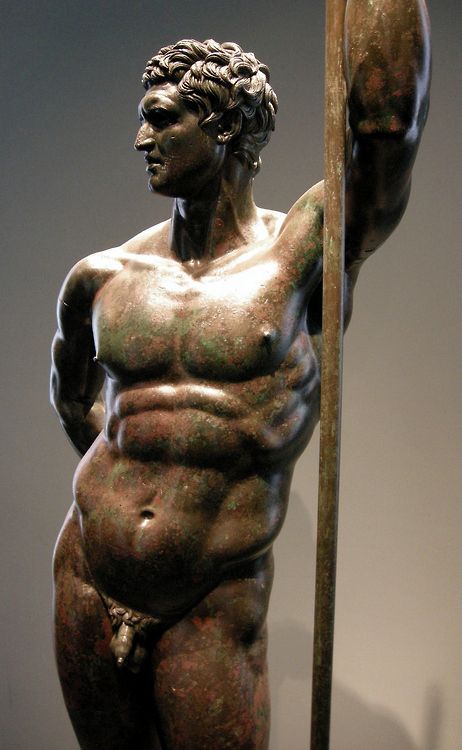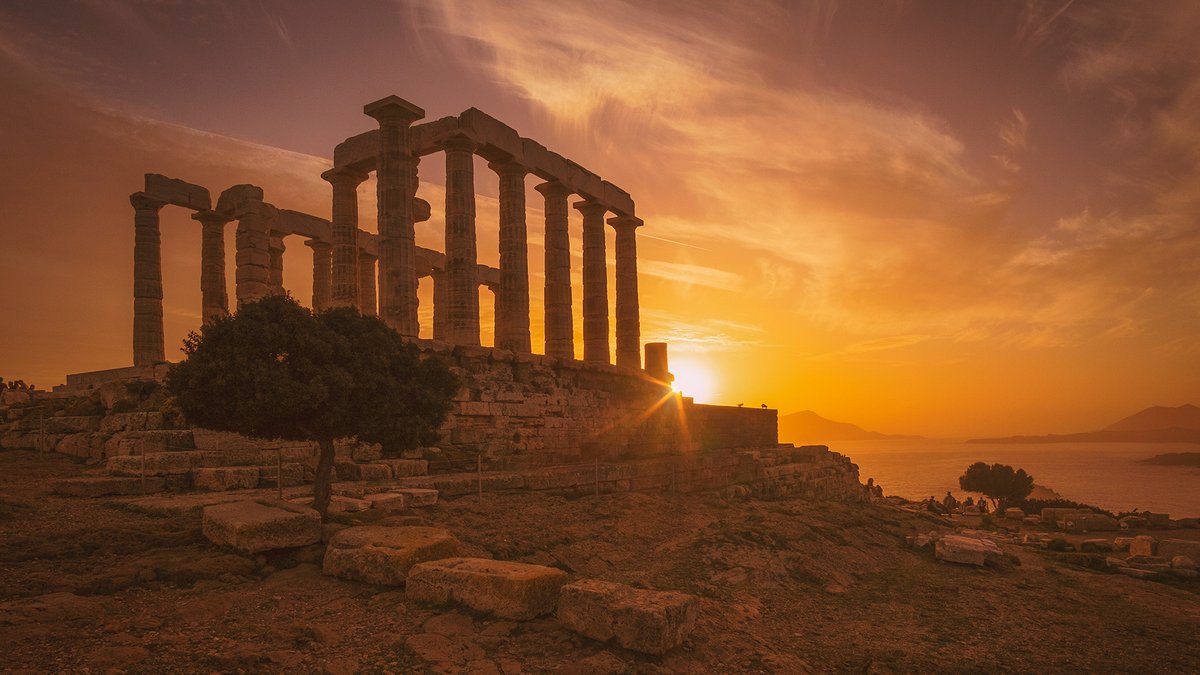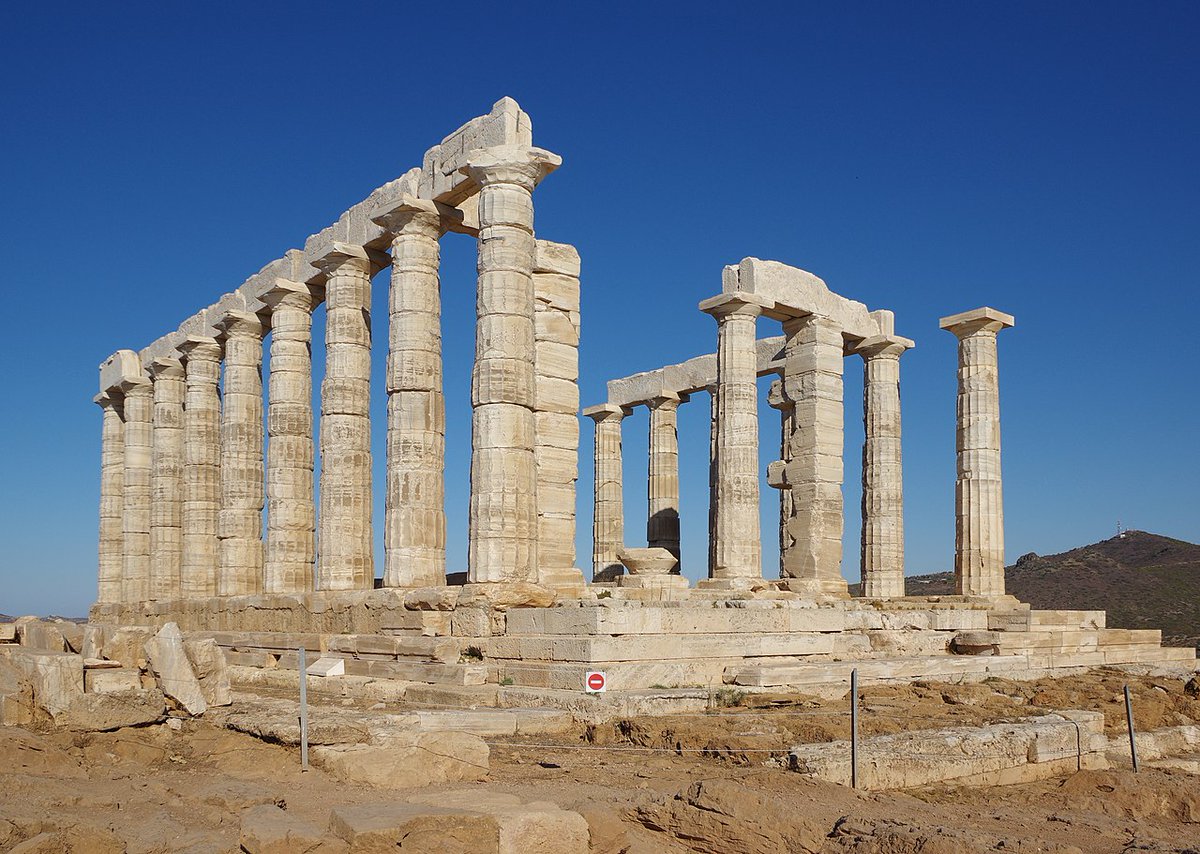
Classical Artwork of the Week - The Hellenistic Prince 👑🏛️
(1/6) This stunning Greek bronze sculpture of a relaxed, heroic young man was made in the 2nd century BCE, and stands at an imposing 2.04m tall!
#Classics #Art #Archaeology #Roman #Greek #Hellenic

(1/6) This stunning Greek bronze sculpture of a relaxed, heroic young man was made in the 2nd century BCE, and stands at an imposing 2.04m tall!
#Classics #Art #Archaeology #Roman #Greek #Hellenic


(2/6) Produced using a lost wax process, the sculpture depicts a naked and athletic figure reclining on his spear in a pose traditionally associated with heroism. Inspired by the 4th century BCE "Heracles" of the artist Lysippos, it was likely produced in the city of Rome. 



(3/6) The identity of the figure has been a point of academic debate. Alternatively known as the Seleucid Prince, the sculpture was originally believed to depict either Seleucus I, the founder of the Seleucid Empire, or Attalus II, the King of Pergamon. 

(4/6) This view fell out of favour in the latter 20th century, however, and most scholars now think the work actually depicts a #Roman general. Quintus Macedonius, Titus Flamininus and Gnaeus Manlius Vulso have all been suggested. 



(5/6) The most popular argument, however, points to the titanic figure of Scipio Aemilianus. Adopted grandson of Scipio Africanus, statesman and general, he is best known for capturing #Carthage in the Third Punic War. 



(6/6) As the identity of the sculpture is unknown, it has simply remained "The Hellenistic Prince". Discovered in 1885 on the Quirinal Hill along side the "Boxer at Rest" near the Baths of Constantine, this rare work now resides in the Palazzo Massimo alle Terme in #Rome. 

• • •
Missing some Tweet in this thread? You can try to
force a refresh







